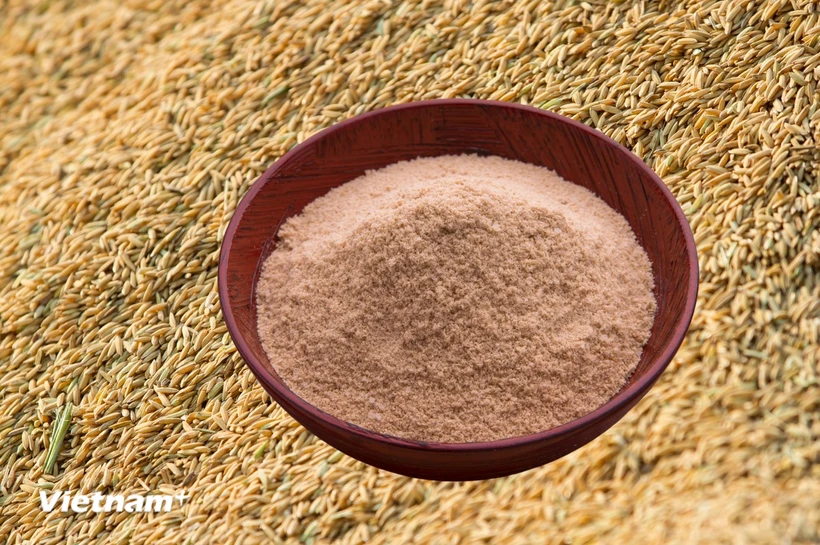
Rice bran - a by-product of rice production, often used as animal feed or fertilizer - is now gradually asserting its new value as Vietnam officially signed the Protocol on exporting rice bran and extracted rice bran to the Chinese market.
This is an important step forward, bringing this by-product to a higher level in the Vietnamese agricultural value chain.
According to the Vietnam Food Association, Vietnam produces about 5 million tons of rice bran each year, a significant portion of which is exported. If processed deeply and meeting import market standards, rice bran can become a key export product, contributing significantly to the agricultural value chain.
Mr. Nguyen Van Thanh, Director of Phuoc Thanh IV Production-Trading Limited Liability Company (Vinh Long) stated that the demand for rice bran and extracted rice bran as raw materials for animal feed is very large.
Signing the Protocol with China not only expands the output market, but also contributes to stabilizing domestic product consumption, especially during peak harvest times when supply increases sharply.
Mr. Thanh added that extracted rice bran is a product obtained from the process of extracting oil from pure rice bran - a high-tech step to separate valuable components such as rice bran oil rich in gamma-oryzanol, phytosterol, tocopherol; fiber; vegetable protein and many vitamins and minerals.
However, to ensure extraction quality, the ideal processing time is within 8 hours of harvesting the rice bran.
With pure rice bran, after harvest, it needs to be dried to ensure a preservation period of 3-6 months, serving the next processing stage. Meanwhile, exporting to the Chinese market requires compliance with a series of strict standards, from quarantine to food hygiene and safety.
According to the Protocol, rice bran and rice bran extracts exported to China must be free of harmful organisms, free of genetically modified ingredients not approved by China, and comply with the latest requirements of the Chinese National Standard for Feed Hygiene (GB13078).
Shipments must be inspected for compliance at least every three months to ensure safety standards are met.
In addition, enterprises producing, processing and preserving products for export to China need to establish a hazard control system (HACCP), a traceability system, ensure clear separation between production and storage areas, and apply measures to control insects and harmful animals to prevent cross-contamination.
Packaging and means of transport must also be cleaned and disinfected in accordance with hygiene requirements and weather conditions.
The Ministry of Agriculture and Environment said that authorities will strengthen official control over production, processing, and preservation enterprises and conduct supervision to ensure product hygiene and safety.
Rice bran and rice bran extract finished products exported to China by each registered production, processing and preservation enterprise must be officially inspected for conformity at least once every three months to ensure that the products meet the food safety and hygiene standards related to animal feed in China.
The Ministry of Agriculture and Environment manages, supervises, inspects, and quarantines rice bran and rice bran extracts exported to China. Only rice bran and rice bran extracts that have passed inspection and quarantine are allowed to be exported to China.
The Ministry of Agriculture and Environment will issue a phytosanitary certificate. Each batch of rice bran and rice bran extract exported to China must be accompanied by a Hygiene and Safety Declaration for animal feed containing vegetable protein confirmed by the Department of Animal Husbandry and Veterinary Medicine.
Although the export journey is not easy, according to businesses, Vietnam has the potential to turn rice bran and extracted rice bran into one of the main export items in the field of agricultural by-products.
Source: https://baobinhphuoc.com.vn/news/4/172516/co-hoi-lon-bien-phu-pham-lua-gao-thanh-mat-hang-xuat-khau-chu-luc



![[Photo] Magical moment of double five-colored clouds on Ba Den mountain on the day of the Buddha's relic procession](https://vphoto.vietnam.vn/thumb/1200x675/vietnam/resource/IMAGE/2025/5/9/7a710556965c413397f9e38ac9708d2f)
![[Photo] Prime Minister Pham Minh Chinh chairs a special Government meeting on the arrangement of administrative units at all levels.](https://vphoto.vietnam.vn/thumb/1200x675/vietnam/resource/IMAGE/2025/5/9/6a22e6a997424870abfb39817bb9bb6c)
![[Photo] Russian military power on display at parade celebrating 80 years of victory over fascism](https://vphoto.vietnam.vn/thumb/1200x675/vietnam/resource/IMAGE/2025/5/9/ce054c3a71b74b1da3be310973aebcfd)
![[Photo] General Secretary To Lam and international leaders attend the parade celebrating the 80th anniversary of the victory over fascism in Russia](https://vphoto.vietnam.vn/thumb/1200x675/vietnam/resource/IMAGE/2025/5/9/4ec77ed7629a45c79d6e8aa952f20dd3)
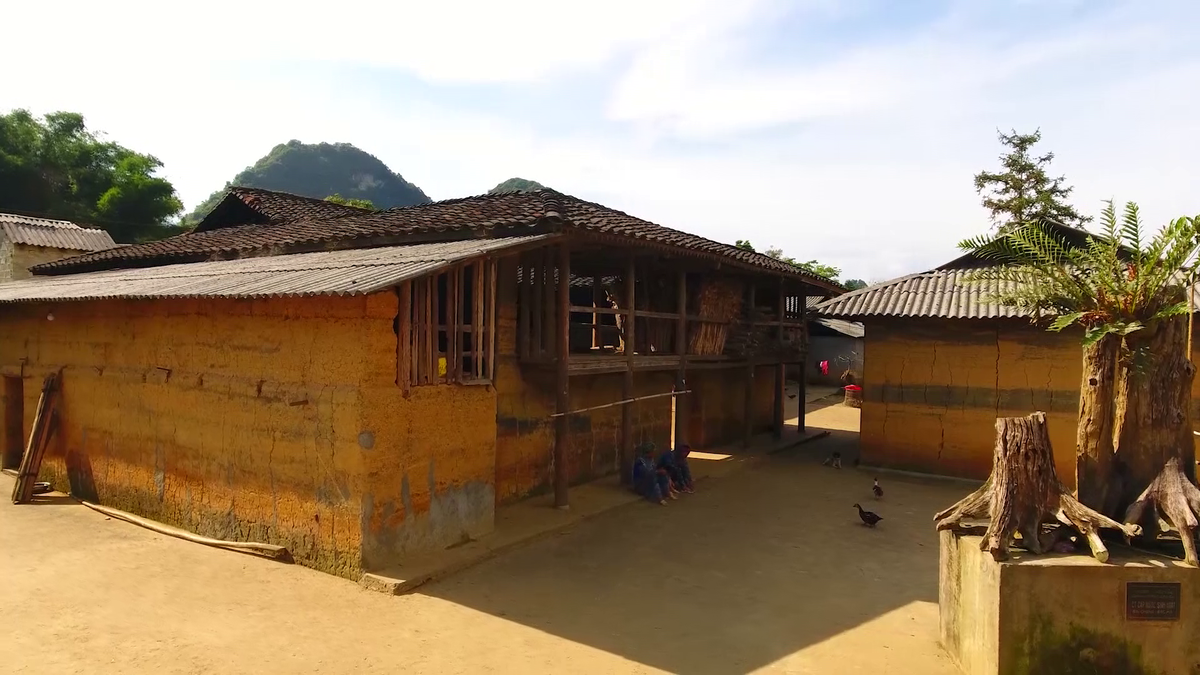
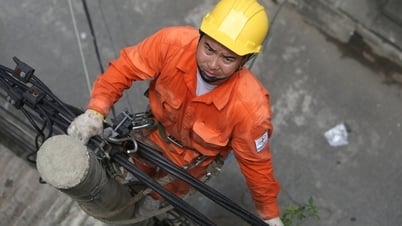
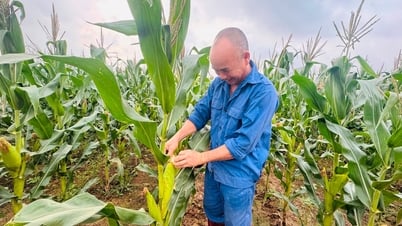
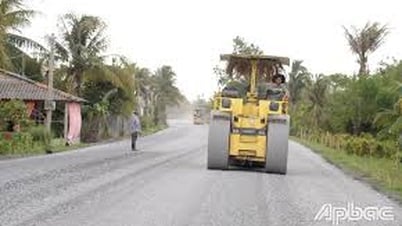
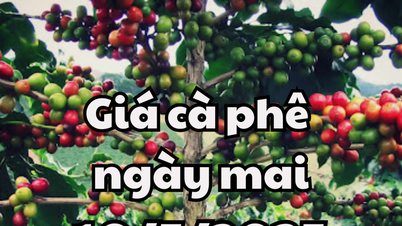
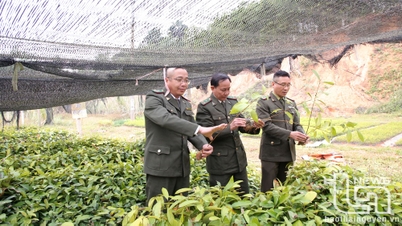





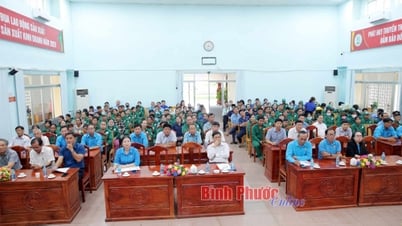

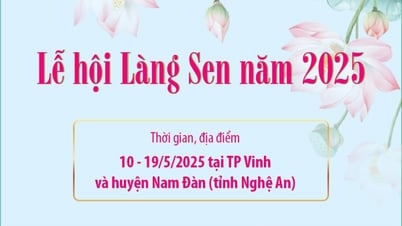
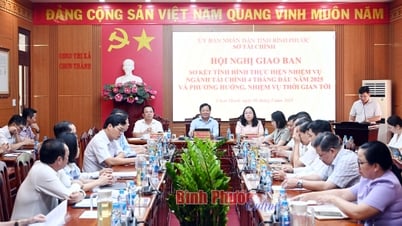
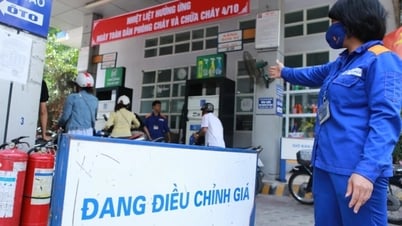
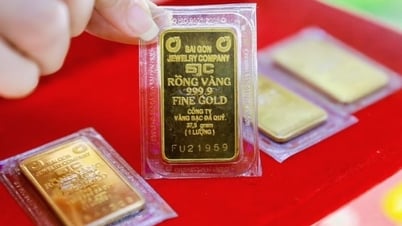
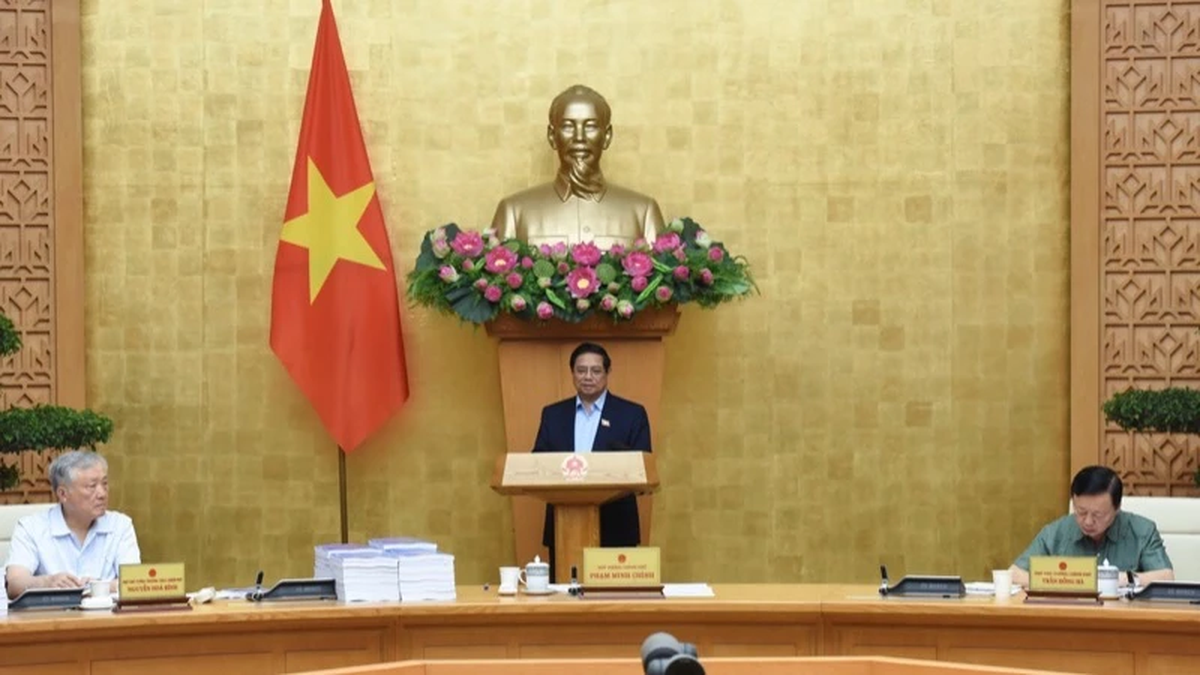
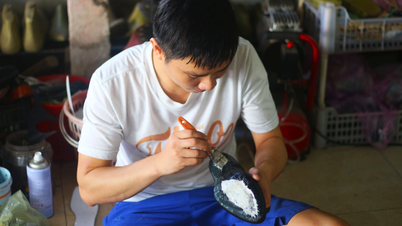








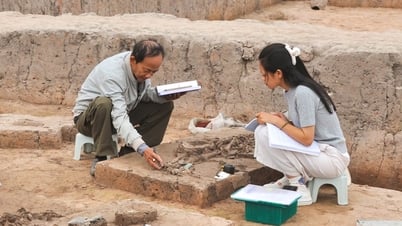

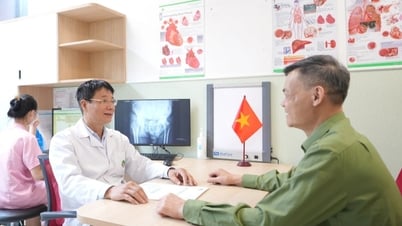

















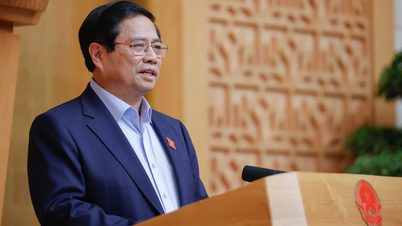
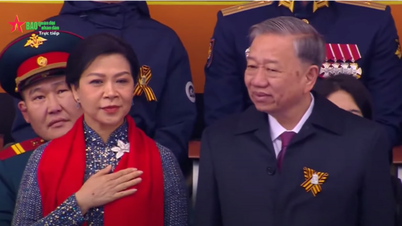






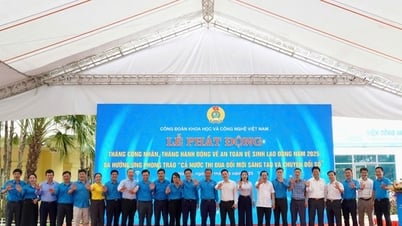

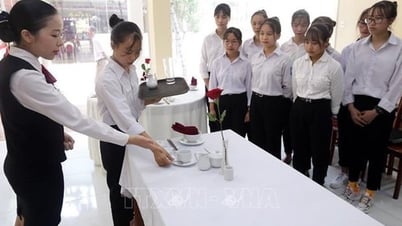

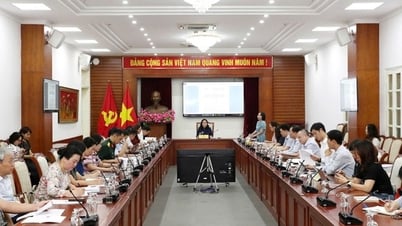

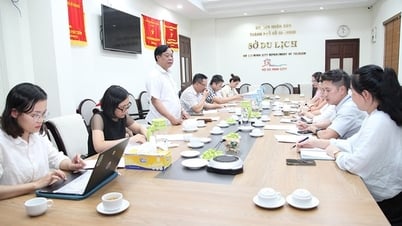


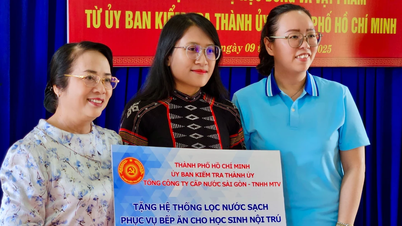



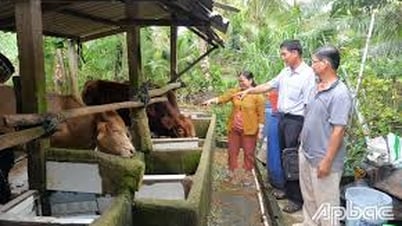











Comment (0)